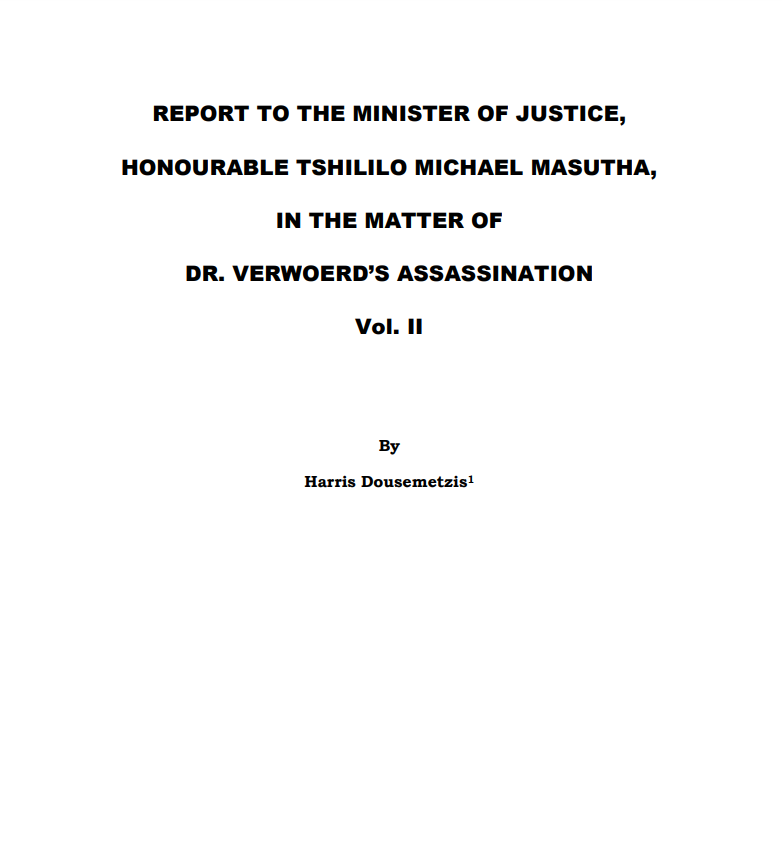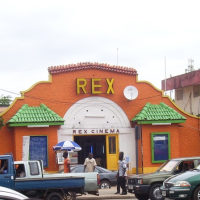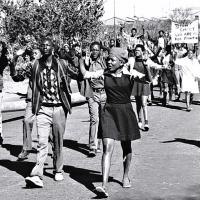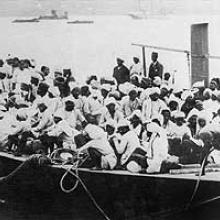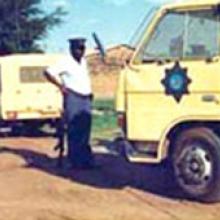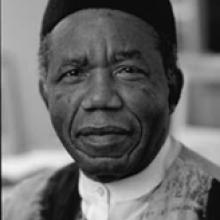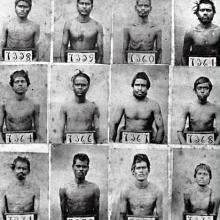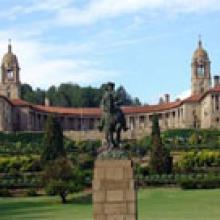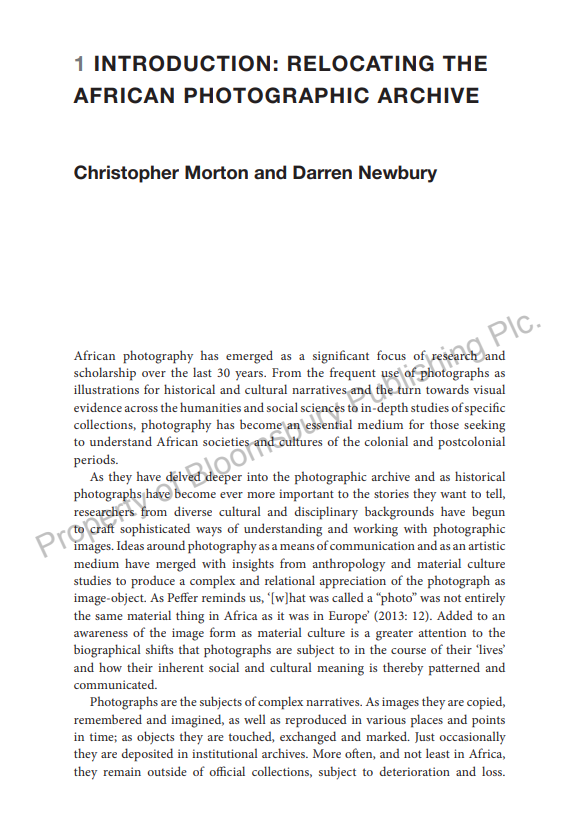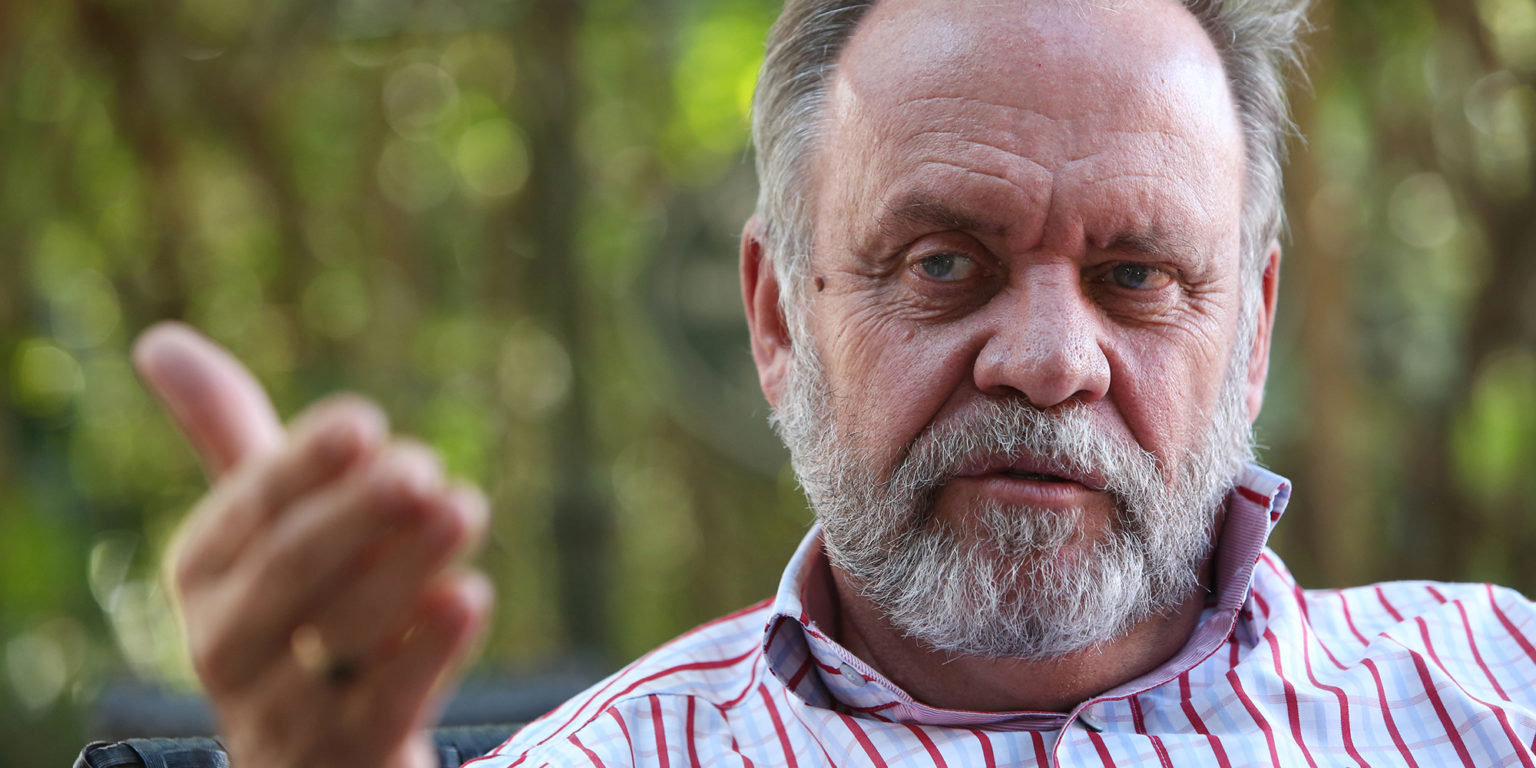Thank you from SAHO
History in Images
Anna Johanna Dorothea De Villiers
Anna Johanna Dorothea de Villiers was a linguist, writer, and educator. She born on 24 December 1900 on the farm Saxenburg, Kuilsrivier. She was the eldest of six daughters and two sons of George Jacob de Villiers and his wife Anna Johanna Jacoba Bester. De Villiers received her first school education through Dutch as a medium of instruction, first from a governess and later from a man employed by her father to teach his children as the nearest school is too far.

Bertha Solomon
Bertha Solomon was born on 1 January 1892 in Minsk, Russia. At four years, she and her older sister were taken by their mother, Sonia Schwartz, to join their father, a Zionist pioneer, Idel Schwarz, in Cape Town. She graduated from the Anglican Diocesan College in 1911 with a BA degree in Classics, and then the South African College where she received a MA degree. Thereafter she taught Latin at Milburn House School for Girls in Cape Town, Western Cape where she met her husband Charles Solomon.
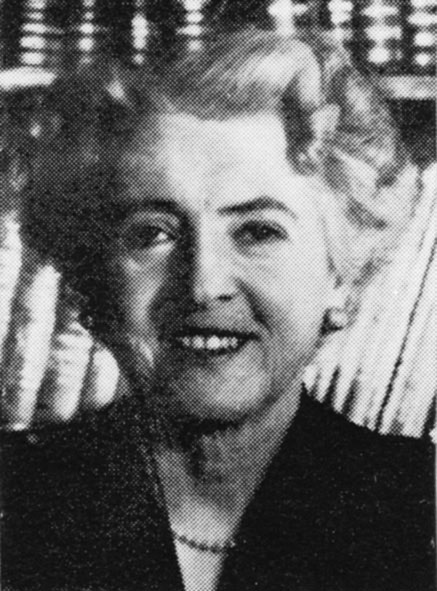
Oppermansgronde, Free State Province
Potchefstroom
The name comes from the word: 'Potscherf'- (meaning broken pot). This was due to the cracks that appear in the soil of the Mooi River Valley during a drought.
Potchefstroom, or 'Potch' as it’s known to locals, is described as a large, Academic Town. Potchefstroom is indeed home to the popular North-West University, formerly known as the Potchefstroom University for Christian Higher Education. It is also home to five Tertiary Institutions and some 30 Schools.
There is a very strong Farming Community, the Country’s largest Chalk Factory and one of the largest Organ Factories, in South Africa. The driving distance between Potchefstroom to Johannesburg, is 120 km. It takes approximately 1h and a half Hours to drive from Potchefstroom to Johannesburg.
Potchefstroom was the first Town North of the Vaal River and has a Historical legacy that includes: The largest oak tree Avenue, in the Southern Hemisphere and various National Monuments; like the old Police Station Building and the Heimat Building. This Building represents an important milestone in the History of the development of the Potchefstroom 'Universiteit vir Christelike Hoer Onderwys'. This neo-Cape Dutch Building known as' Heimat', designed by Gerard Moerdijk and completed as a students' Hostel in 1927. It was the first permanent Building to be erected on the University Campus.
The Magistrate’s Office, the old Gunpowder House and various Churches worth visiting. The Edwardian City Hall, together with that of Krugersdorp, is the oldest existing City Hall, North of the Vaal River. The President Pretorius Museum in Potchefstroom is situated at the meeting point of 'Esselen' and 'Van der Hoff' Streets. The Museum is one of the typical old Cape-style homes, believed to have been built by President Marthinus Wessel Pretorius, in 1868. Along with the House, he likely also built; a Stable, Coach House and Smithy. President Pretorius was the first president of the South African Republic and he founded the City of Pretoria. The President Pretorius Museum tells the story of the unique 'Urban Boer Culture'. This culture has dissipated over the generations, but is still a massive contributor to the South African identity. The President Pretorius Museum has been declared a National Monument.
The 'Prozesky Bird Sanctuary', is home, to 200 different bird species. Buffelsvlei Wild Animal Park is definitely worth a visit, and a monthly; 'Art Market' in the City Council Gardens also provides interesting purchases. Potchefstroom Sanlam Auditorium, which is part of the University. Serves both the City and neighboring Towns with high caliber Theatre.
